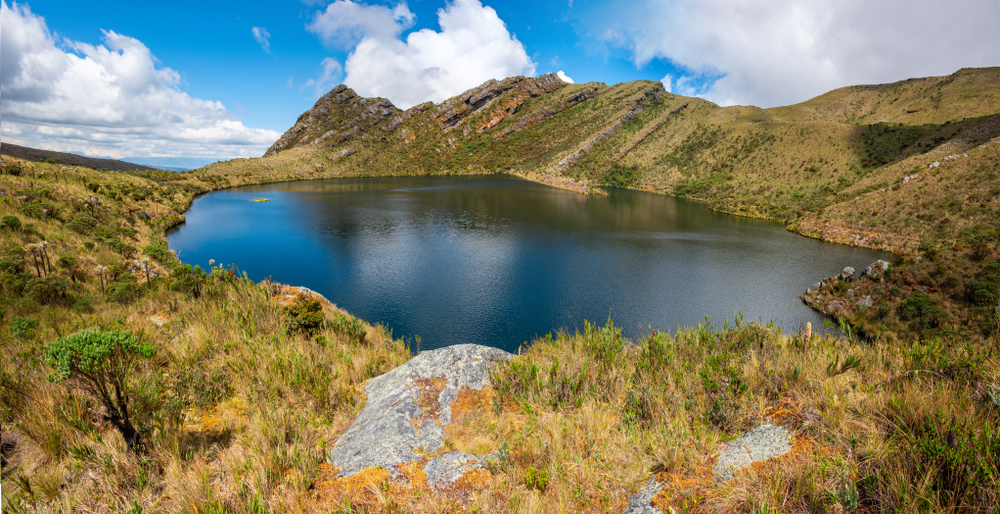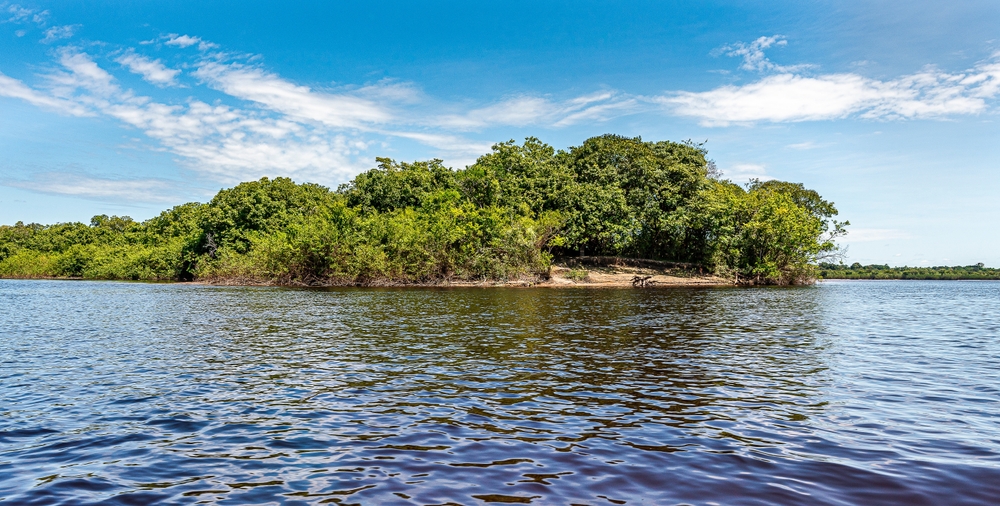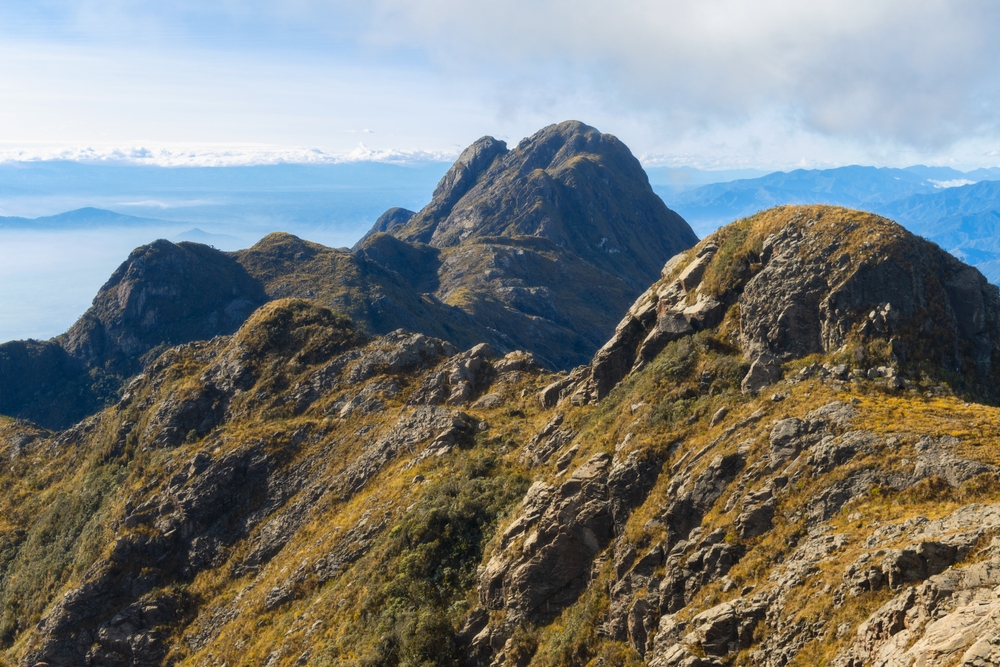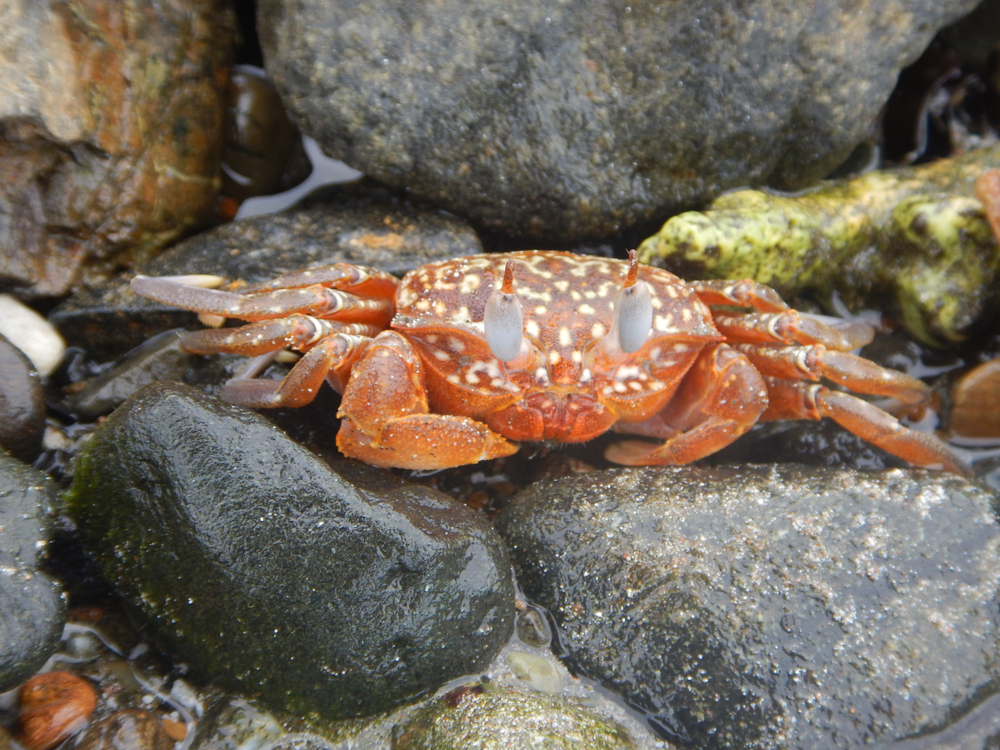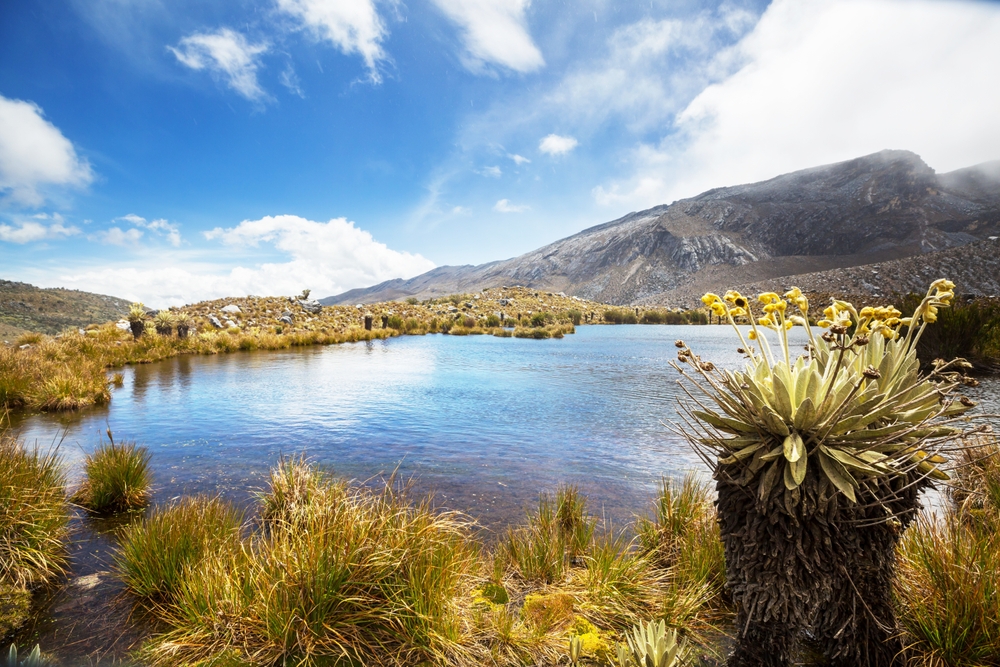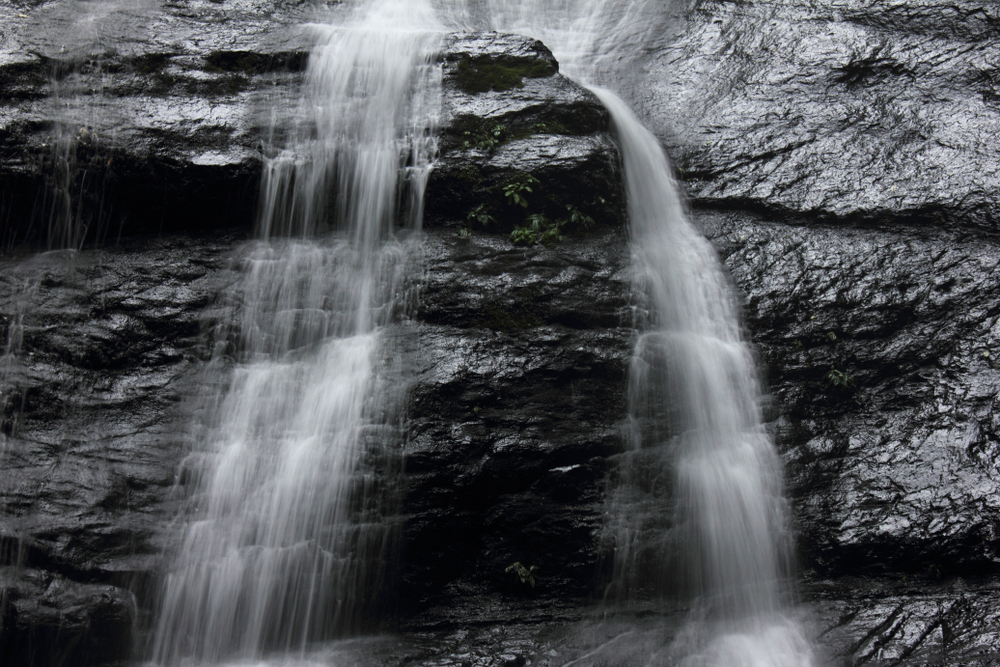La Paya Overview
La Paya National Park, known as Parque Nacional La Paya in Spanish, is a remote and ecologically rich protected area located in the southeastern region of Colombia, near the borders of Brazil and Peru.
Covering approximately 1,785 square miles (4,623 square kilometers), this park lies within the Amazon Basin in the department of Putumayo. Its vast expanse of tropical rainforest, wetlands, and interconnected rivers provides a sanctuary for an incredible diversity of flora and fauna, making it one of the most biodiverse parks in the country.
The park’s landscape is defined by dense Amazonian rainforest, swampy wetlands, and numerous lakes and rivers, including the Caquetá River, which serves as an essential waterway for the region. The terrain is relatively flat, with occasional low hills and areas of seasonally flooded forest.
Towering trees, such as ceibas and mahoganies, dominate the rainforest canopy, while lush understories are filled with ferns, bromeliads, and orchids. The rich waterways support floating vegetation and provide an essential habitat for aquatic species. The park’s dense forests and wetlands create a humid, tropical climate with high levels of rainfall throughout the year.
Wildlife in La Paya National Park is exceptionally diverse, featuring a wide range of mammals, birds, reptiles, and amphibians. Visitors may encounter jaguars, pumas, tapirs, and giant anteaters, which thrive in the thick forest. Several species of monkeys, including howler monkeys, squirrel monkeys, and tamarins, can be heard calling from the treetops.
The park is also home to the endangered Amazon river dolphin and giant otters, both of which depend on the abundant waterways. Birdwatchers can find an extraordinary array of species, such as macaws, toucans, harpy eagles, and hoatzins. Many of these species are rarely seen elsewhere, making the park a prime location for wildlife enthusiasts.
One of the most popular features of the park is its pristine rivers and lakes, which allow visitors to explore the remote wilderness by boat or canoe. The indigenous communities that inhabit the area, including the Huitoto, Coreguaje, and Andoque peoples, contribute to the park’s rich cultural heritage.
Many visitors have the opportunity to engage with these communities and learn about their traditional ways of life, including their use of medicinal plants and sustainable hunting practices. Due to the park’s remote location, guided tours are highly recommended for those looking to experience its diverse landscapes and wildlife.
La Paya National Park offers various ways for visitors to experience its natural beauty. Canoeing or kayaking along the rivers provides an intimate way to observe wildlife along the water’s edge. Guided hikes through the rainforest reveal the incredible plant life and elusive mammals that inhabit the dense vegetation.
Birdwatching excursions are particularly rewarding, with the chance to spot rare and colorful species in their natural habitat. Some visitors also participate in cultural exchanges with local indigenous communities, learning about their deep connection to the land.
Conservation challenges in La Paya National Park include illegal hunting, deforestation, and the impact of illicit activities such as drug trafficking, which threaten the park’s delicate ecosystems.
However, efforts by Colombia’s national park service and local communities have led to conservation successes, including initiatives to protect endangered species and strengthen ecotourism as a sustainable alternative for economic development.
The park remains a critical stronghold for Amazonian biodiversity, playing an essential role in Colombia’s broader conservation strategy.












































































